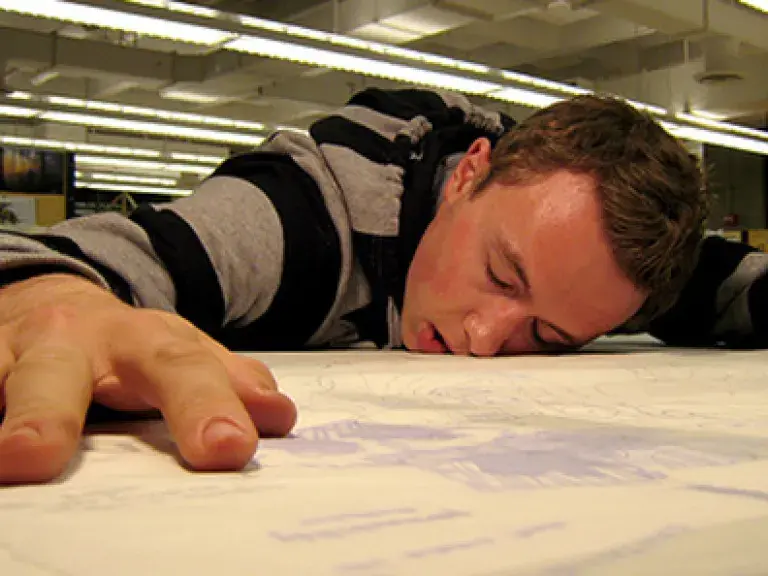
We get you. Any course with the word theory in the title automatically causes a reaction akin to narcolepsy. In fact, it may be that you have already fallen asleep just from reading these few sentences. It may be that your head is, at this moment, mashed down upon your computer keyboard, a stream of drool pooling around your partially-opened lips threatening to asphyxiate you, or worse, ruin your new MacBook. Yes, we understand: theory is a dangerous word.
Because that's just it, isn't it? Theory, humph! Give me something practical, applicable, useful. You can still make music even if you don't know A from G, you say.
So why learn about how music works? Though an understanding of music theory is not exactly necessary to make music, it can significantly help you to become a better and more versatile musician.
To help you on your musical journey, we've written a series of short "crash courses" on basic music theory topics:
1) The Very Basics
A snapshot look at the staff and note placements.
2) Intervals
All you need to know is various combinations of half-steps and whole-steps.
3) Scales
A scale is a series of ascending and descending notes. The way a scale sounds depends on the interval relationship between the pitches.
4) Chords
Chords are made up of linked intervals.
5) Key Signatures
A key signature is a bank of either sharps (#) or flats (b) found at the beginning of each staff to the right of the clef symbol.

